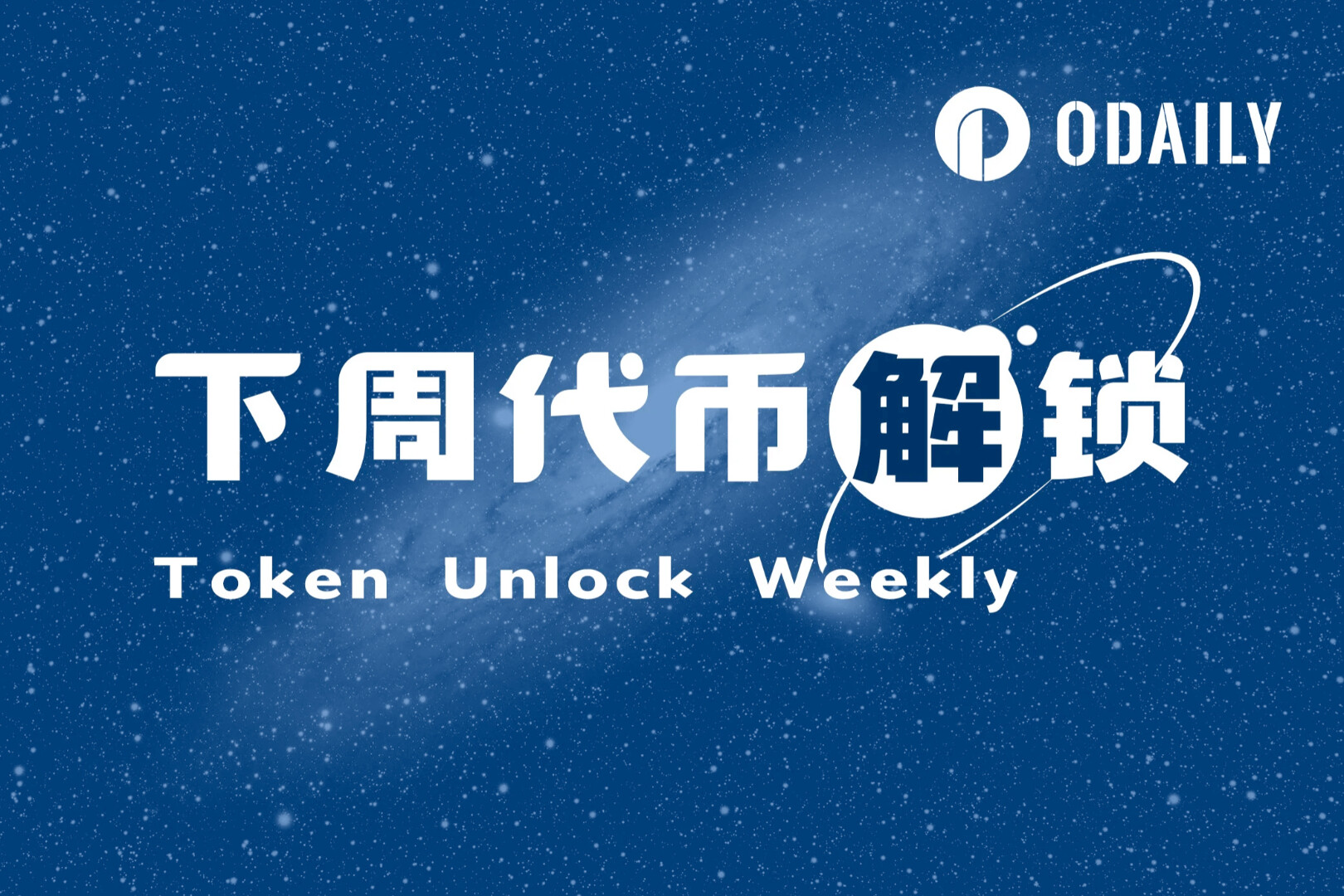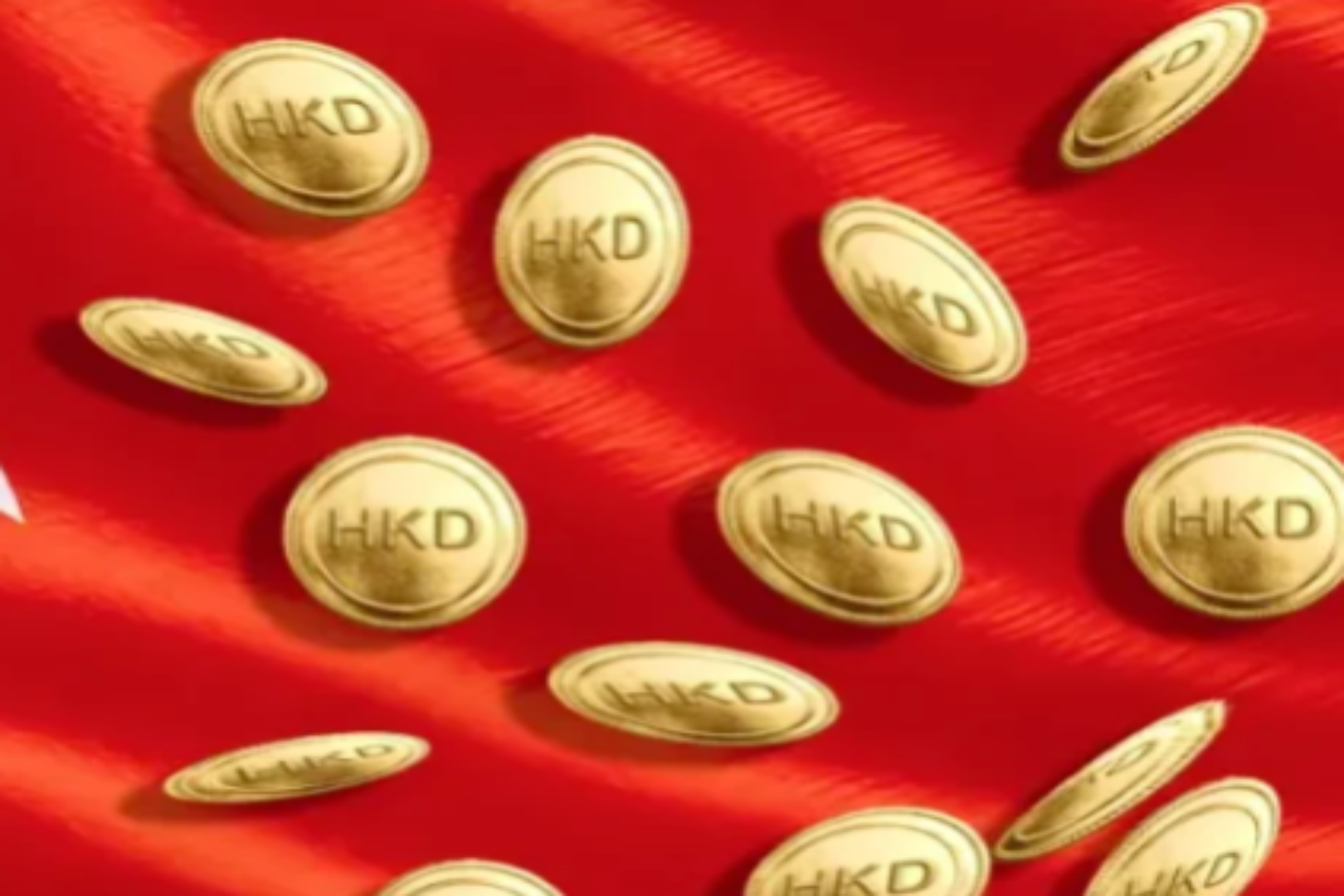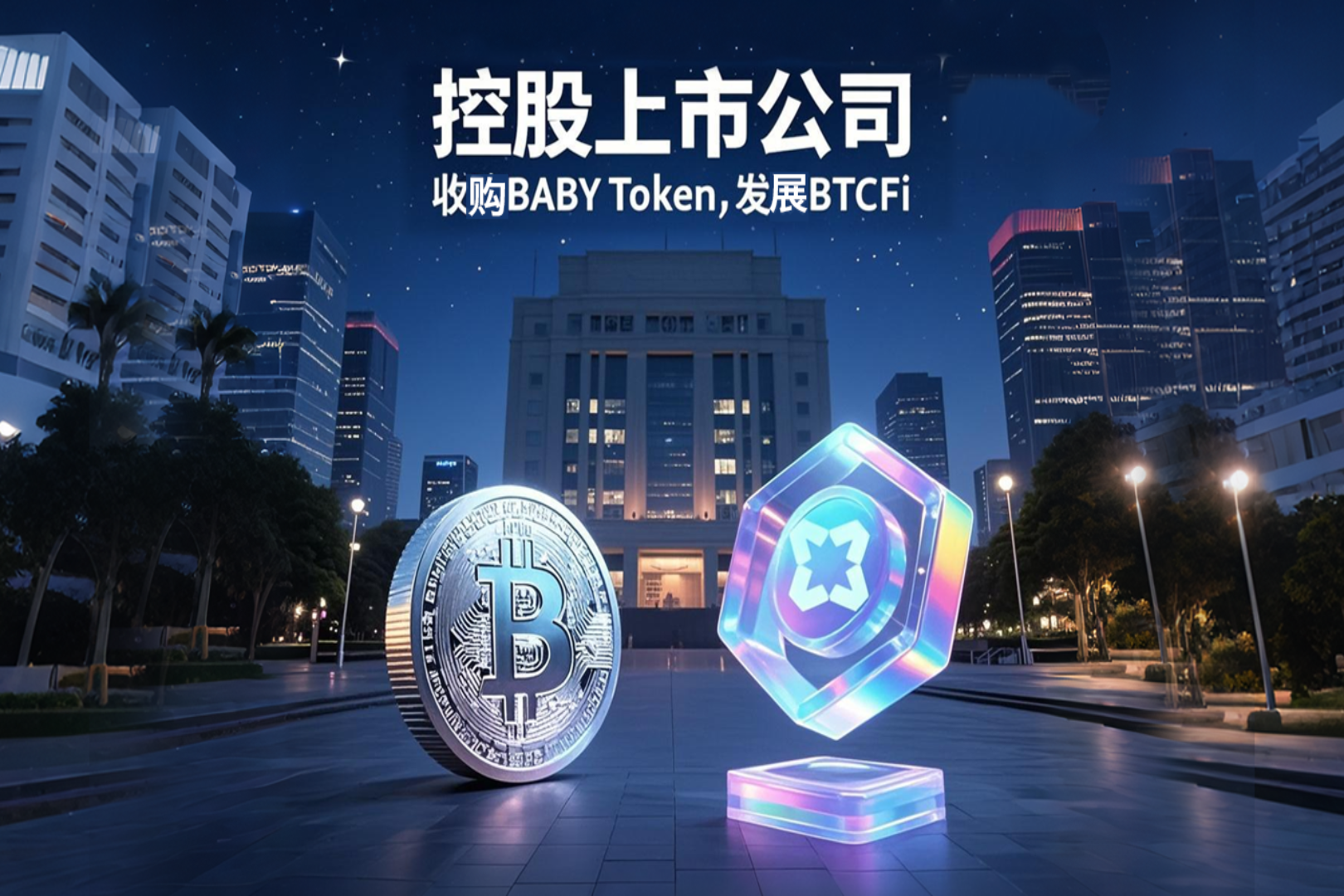At 14:00 on August 13th, the online live broadcast event of "Tomorrow's Star - Witness the New DeFi Gameplay of Kusama Ecology" organized by Acala & Karura and Odaily officially started.
video playbackvideo playback。
The following is the content of Bette's speech:
Thank you, host, and thank you for the invitation. I just took a look at it, and the screen is full of familiar friends. Many friends met when we were doing Polkadot and Kusama development two years ago, so it feels very cordial, just like a gathering of old friends. I hope we can After the epidemic is over, I can get together with everyone offline.
Back to the topic, today I want to introduce Karura to you. As my speech title says, Karura is the DeFi center on Kusama.
In the Kusama ecosystem, Karura will play several roles, one of which is unavoidable. Kusama is the first network of Polkadot, and all functions of Polkadot need to be verified on Kusama before it can be launched on the mainnet. , Karura is also the pioneer network of Acala, all financial products and financial infrastructure will be trial run on Karura first, and finally can be launched on Acala. As for the future, will Acala and Karura be consistent? Or will it make any difference? This is a question I've been asked a lot lately.
My thinking is, of course, this matter is actually out of my control, but as far as my current observation is concerned, in the initial stage of launch, Karura and Acala will definitely be highly consistent with the vision of the white paper, after all, they are both We designed and developed it together in the past two years. However, the community users of Karura and Acala are different. The Karura community may prefer products that are more flexible and innovate faster, while the Acala community may be more inclined to stability, and the users may be some financial institutions. The decentralized nature of DeFi means that it can develop on its own. The community will ultimately determine the direction of contract and product development. As the community further diverges, the development of Karura and Acala will eventually diverge.
Next, I will briefly talk about the development process of Karura, and introduce our next development plan.
You can see my PPT (pictured above), and there is a keyword on the far right—623. Can you guess what happened 623 days ago? It was only after I saw Polkaworld posting a review article a few days ago that I suddenly realized that Kusama has been online for almost two years. Time has passed for so long, but it feels fleeting.
Some time ago, with the joint efforts of everyone, the Kusama network finally launched the slot auction of the parachain. Many friends who were present today also participated. Hard work, and it is with everyone's joint efforts that Kusama Network can go today. About 50 days ago, we participated in the Kusama auction, and finally got the support of many community partners, and successfully won the first slot. In fact, I have also participated in the bidding of some other projects, including Centrifuge, Moonbeam, etc., because this journey is really not easy, and we have experienced countless difficulties together.
We launched the mainnet after taking the first slot, and about two weeks later, we opened the transfer function. Strictly speaking, this is our official "mainnet launch". At that time, we started the transfer of KAR and KSM. You can transfer from Kusama to Karura to realize asset interaction between the two networks. I remember that at that time, many friends transferred KSM between the two networks purely for fun, because the only use case for KSM before that was to maintain network security. What is it like to try cross-chain. As of now, there have been more than 20,000 cross-chain transfers on Karura and Kusama.
Two weeks ago, we launched Karura Swap, an AMM-type decentralized exchange, similar to Uniswap, but based on Substrate modules. A slightly different point is the startup process. Substrate supports setting a function switch when starting a certain function. When we turn on this function, everyone can conduct DEX transactions. The reason for this is that generally this kind of AMM-type Dapps may not have sufficient liquidity when they open. This is like there is no water in the pool. Our approach is to let the friends inject some fluidity (water) into the pool. The duration of this water injection can be set, as long as you want. Our choice is 24 hours. After injecting a certain amount of liquidity, we can start the exchange in a more natural and stable state, without worrying about rushing.
At first, there were only two assets, KAR/KSM, on Karura Swap, and users could exchange these two tokens. At the beginning of the launch, because this thing is very new, so many small partners have come to experience it. We did not tell you that there will be rewards at the time, mainly to test the ability of Dapps and see if it can run stably stand up. After the launch, Karura Swap quickly accumulated a liquidity of six to seven million US dollars, and there were also many trading activities. I remember that there were about 4,000 small partners who provided liquidity at the time. Thank you very much for your participation , and give us valuable advice. It was a landmark event, and after that, we had a big move almost every other week.
Last week, we launched the minting of kUSD, which was done with the assistance of Gauntlet, a third-party professional organization that has helped well-known projects such as MakerDAO and Compound with risk analysis. They simulated the Kusama market volatility, gave us a series of recommendations and gave us very conservative indicators. On this basis, Karura Swap launched kUSD. Users can transfer KSM from Kusama, mint kUSD stablecoins, and trade or provide liquidity in Karura Swap. Of course, at this time we also started liquidity mining, which further expanded the liquidity of Karura Swap.
Next, we will also release LKSM, which is our new liquid staking product. You can see that I wrote LKSM Lite in the picture. This is because there are still some limitations in cross-chain technology, so we launched a A new product, in order to test some existing functions. Next, we will open the trading pool of LKSM.
Many of the small partners present today are our friends. As a DeFi platform, we have a relatively important responsibility in the entire Kusama ecosystem, which is to help other parachain partners to circulate their tokens and assets. So next, we will interact with partners such as Moonbeam, Bifrost, etc. First, we will help them improve the cross-chain function, because our parachain has already been completed, and we also have a lot of interaction with Parity, so we will conduct some cooperative tests next. Second, in terms of assets, once the relevant functions are enabled, their tokens can be listed on Karura Swap.
At the same time, I found that everyone has been very active in minting many currencies on the Statemine chain, and we will also observe their development and graft them onto Karura. There is a very important asset here, that is, USDT minted by Tether. After USDT is grafted over, we can have more trading pairs of stable coins and better help other projects.
Next is our EVM+ platform, and now some development teams can't wait to build Dapps on our smart contract platform. Next, we will launch a cross-chain bridge linking Ethereum and Bitcoin, which means that we will not only cross parallel chains, but will cross various heterogeneous blockchains. Of course, Ethereum and Bitcoin are just the first two bridges, and we have other cooperations, you can wait and see.
What I just talked about is a general direction. This is some of Karura’s current data. At present, we have locked in funds of 45 million US dollars. In fact, every time we lock in more assets, my heart will tremble, because it also means that the responsibilities on our shoulders will become heavier and heavier. Our own financial analysts, as well as some external code audit contract partners have been helping us to ensure the security of the code, but nothing is 100%, so we will be more nervous every day to observe developments and improve our code regardless.
At present, the minted kUSD is close to 5 million pieces, and we hope that more stable coins will flow out after LKSM is available. There are some data in the picture above, and you can see some network operation conditions. In the past period of time, we had about one or two thousand users per day, and there were almost 20,000 cross-chain transactions back and forth. question. Therefore, although the development team led by Gavin Wood is working slowly, it is really doing meticulous work. On this basis, we are also helping more users experience the high technology of blockchain.
Here I have a brief introduction map about Acala (Karura) DeFi service, the theme is EVM+ and open platform. In fact, all the content in the picture is what we have or will be running on Karura, including stable currency (Stablecoin Pool), decentralized exchange (DEX), and the upcoming LKSM (Staking Pool).
Bring your own gas means that you can now use KSM to pay the transaction fee, which has been completely seamless; Oracle Gateway means that now we use our own oracle machine, but will soon connect to Chainlink to provide Oracle services , no matter how busy the network is, they will guarantee the best price to Dapps, because we focus on DeFi, so security and timeliness are very important.
I also mentioned the cross-chain bridge just now. Karura will have very rich assets in the future. Now we also have some partners who are engaged in privacy parachains, and some partners who are engaged in the chaining of physical assets. When everyone is ready, We will all join in and make the whole ecology come alive.
At the same time, we also have a very close cooperative relationship with Compound, and their lending market will be grafted into our ecology in the future. This is very meaningful, and both DOT and KSM will have channels.
After that is our Acala's EVM+, and we got the Grant from the Web3 Foundation to make this product. The reason why EVM+ is developed is to allow developers who are familiar with the Solidity language to build Dapps as easily as Ethereum. Developers of Fang Ecology can experience the advantages and energy of Substrate. This part of the work will be our next focus. With the release of EVM+, more partners will build applications on top of us.
The Acala Foundation will provide Grants to some early projects to cultivate our ecological cooperation projects; after that, we also have an Ecosystem Fund to help everyone grow together through investment. This is how we came here, so we hope to use our own experience to share the resources we can integrate and the experience we have learned with ecological partners to help them innovate and build. Finally, our team is still expanding, if you are interested in joining us, you can clickour link, to see what jobs are right for you.





